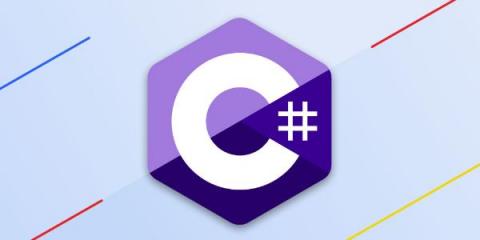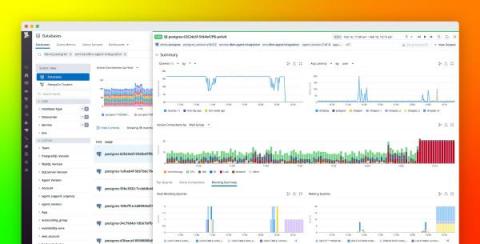Operations | Monitoring | ITSM | DevOps | Cloud
Blog
Why UK Businesses Are Recruiting from Overseas for Technology Talent
C# Performance tips and tricks
At Raygun, we’re a pretty polyglot group of developers. Various parts of our code base are written in different languages and frameworks — whatever is best for the job. That said, large parts of Raygun written with.NET, and we’re big.NET fans. Given the prevalence of C# applications (C# has been in the top 5 on the TIOBE index for about 10 years!) and the massive scale of data Raygun deals with, we’re often called on to do C# optimization work.
Machine-Learning Automation: Processing, Storing, & Analyzing Data in the Digital Age
The world of software is growing more complex, and simultaneously changing faster than ever before. The simple monolithic applications of recent memory are being replaced by horizontal cloud-native applications. It is no surprise that such applications are more complex and can break into infinitely more ways (and ever new ways). They also generate a lot more data to keep track of. The pressure to move fast means software release cycles have shrunk drastically from months to hours, with constant change being the new normal.
How ITOps Uses Real-Time Monitoring for Easy Fixes
Here's a scenario. All your enterprise apps are running fine, as you expected. Maybe your team wasn't impacted by the Microsoft 365 outage a couple of weeks ago. Good for you! But don't let past application performance predict current performance. Instead, choose real-time monitoring to efficiently manage your network and proactively resolve app health issues at any time. That way, the IT operations (ITOps) team has visibility into your entire digital estate and pinpoint services unavailable to end-users.
The 2023 guide to native app development
Native app development is the creation of software programs that run on specific devices and platforms. You can build native apps for desktops, smart TVs, and so on - but since the most popular target devices are smartphones, native app development is frequently used to mean mobile app development. According to Statista's latest data, Google's Android and Apple's iOS operating systems have squeezed every other mobile OS out of the market over the years, and in the fourth quarter of 2022, they made up 99.4 percent of the total mobile market.
What is IT Operations Management
Evolution of Kafka and Advantages Over Messaging
Apache Kafka has come a long way since its initial development at LinkedIn in 2010 and its release as an open-source project the following year. Over the past decade, it has grown from a humble messaging bus used to power internal applications into the world's most popular streaming data platform. Its evolution is remarkable, and it has taken the industry by storm, quickly becoming a go-to solution for data streaming and processing.
Troubleshoot blocking queries with Datadog Database Monitoring
Blocked queries are one of the key issues faced by database analysts, engineers, and anyone managing database performance at scale. Blocking can be caused by inefficient query or database design as well as resource saturation, and can lead to increased latency, errors, and user frustration. Pinpointing root blockers—the underlying problematic queries that set off cascading locks on database resources—is key to troubleshooting and remediating database performance issues.
How Delivery Hero uses Kubecost and Datadog to manage Kubernetes costs in the cloud
As the world’s leading local delivery platform, Delivery Hero brings groceries and household goods to customers in more than 70 countries. Their technology stack comprises over 200 services across 20 Kubernetes clusters running on Amazon EKS. This cloud-based, containerized infrastructure enabled them to scale their operation to support increasing demand as the volume of orders placed on their platform doubled during the pandemic.











